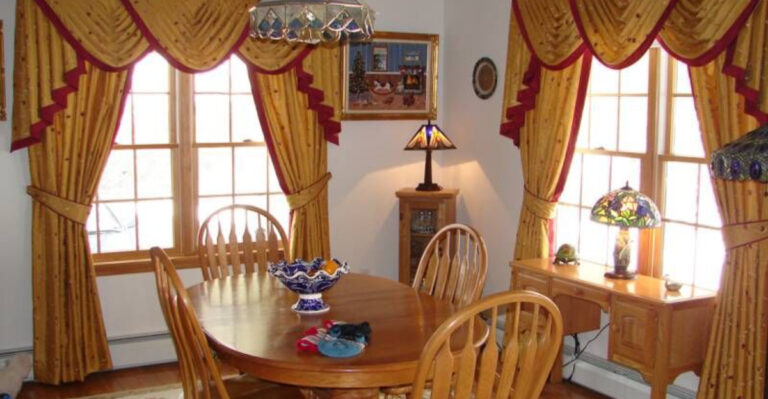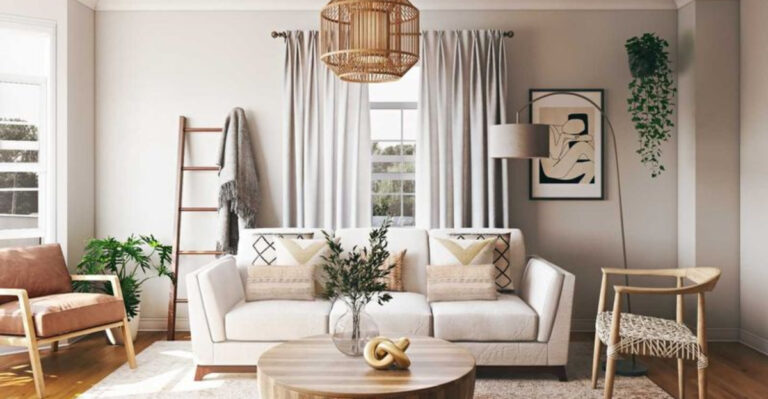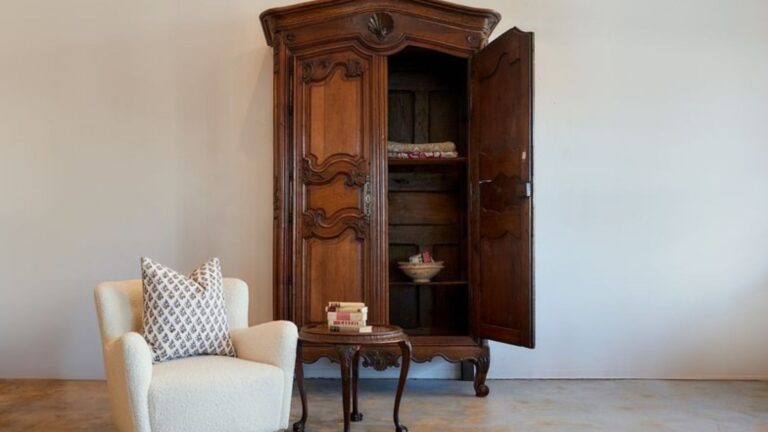We Asked Designers What They Prioritize First When Decorating A Home, They All Had A Different Answer
When we asked interior designers what they always tackle first when decorating a home, we expected a clear consensus, maybe paint color or furniture layout. But nope.
Each one gave a totally different answer, and honestly, it made me rethink how I approach my own space. Their answers were smart, personal, and surprisingly practical.
It turns out there’s no one-size-fits-all formula, and what you focus on first can totally change the feel of a room. If you’re starting from scratch or just stuck, their tips might be exactly the nudge you need to get going.
1. Function Before Flair
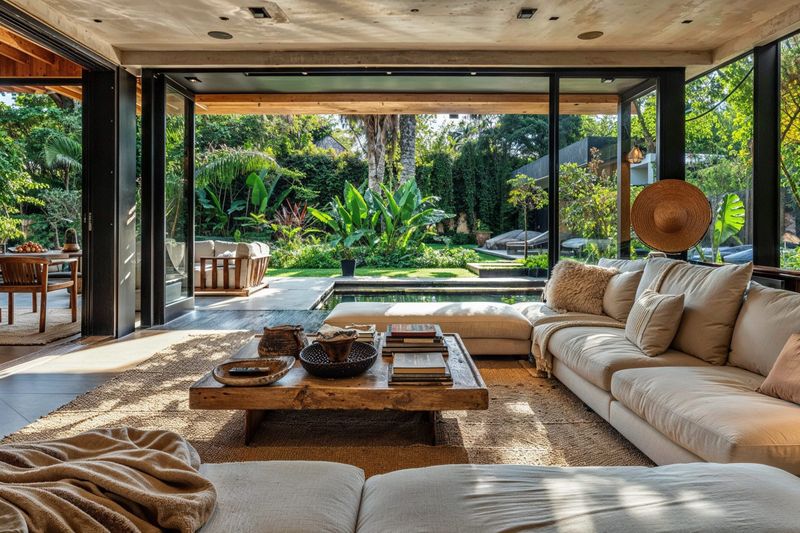
Designers start by mapping out how you’ll actually use each space. That gorgeous velvet sofa might look magazine-worthy, but if your kids will jump on it daily, it’s a disaster waiting to happen!
Smart pros ask about your daily routines, family needs, and lifestyle quirks before picking a single paint swatch. They’re basically space detectives, figuring out traffic patterns and activity zones.
The prettiest room in the world is useless if it doesn’t work for real life. Function creates the blueprint that everything else follows.
2. Lighting Layers
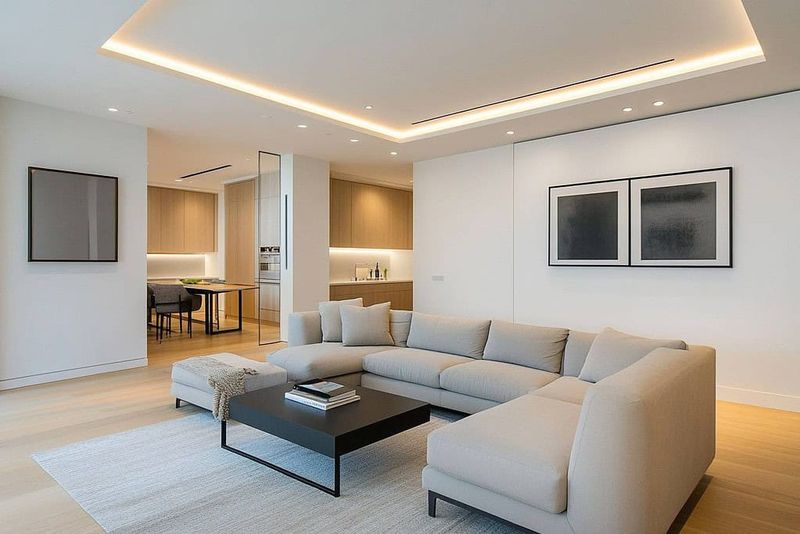
Good designers know lighting can make or break a room. They plan multiple light sources at different heights – ceiling fixtures, wall sconces, table lamps, and floor lamps.
Each type serves a purpose: ambient lighting for overall illumination, task lighting for reading or cooking, and accent lighting to highlight artwork or architectural features. Lighting creates atmosphere and can instantly transform a room’s mood.
Pro tip: Designers often install dimmer switches everywhere. They’re relatively inexpensive but give you incredible control over your space’s ambiance.
3. The Perfect Floor Plan
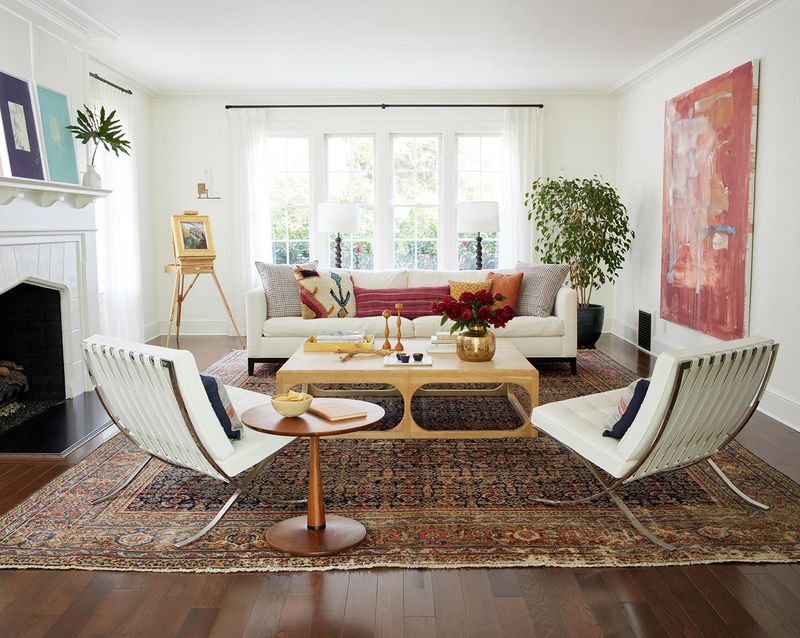
Furniture arrangement isn’t just about stuffing pieces into a room. Designers obsess over the invisible pathways between objects, ensuring you can move freely without obstacle courses.
They consider focal points like fireplaces or windows, creating conversation areas where people naturally gather. Sometimes they’ll even tape outlines on the floor to test layouts before committing.
The magic number? Eighteen inches between coffee tables and sofas – enough space for legs but close enough to set down a drink. These tiny details make spaces feel naturally comfortable.
4. Color Psychology
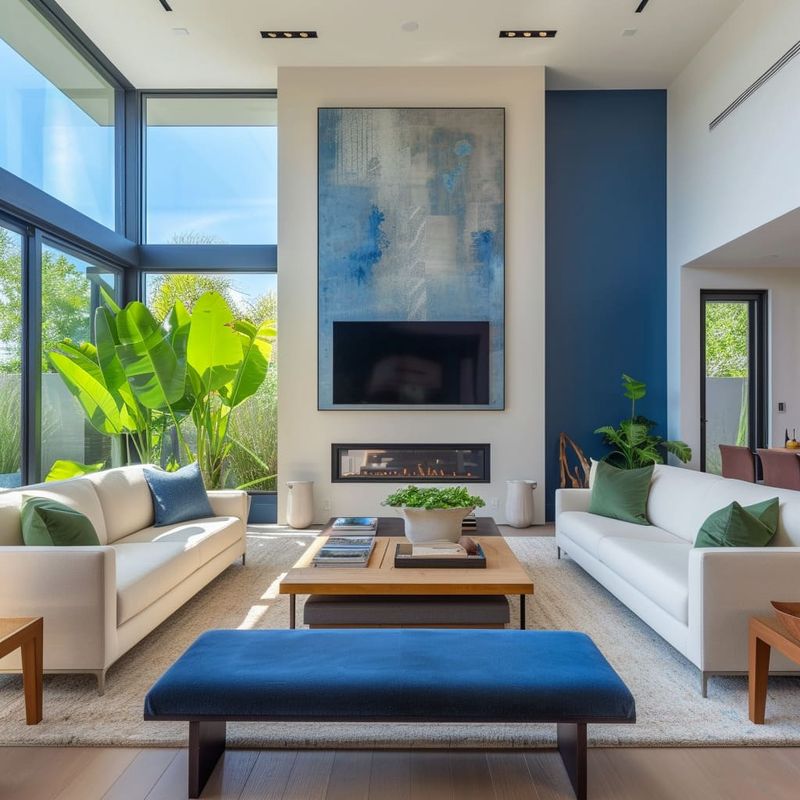
Colors affect our emotions more than most realize. Blue calms, red energizes, yellow uplifts – designers use these reactions strategically throughout your home.
They don’t just pick pretty colors; they create intentional emotional journeys as you move between rooms. Maybe restful blues in bedrooms, energizing yellows in kitchens, and grounding neutrals in transitional spaces.
Want a pro secret? Designers often pull colors from existing items you love – a favorite painting, rug, or heirloom piece – ensuring the palette feels personally meaningful rather than randomly chosen.
5. Scale And Proportion
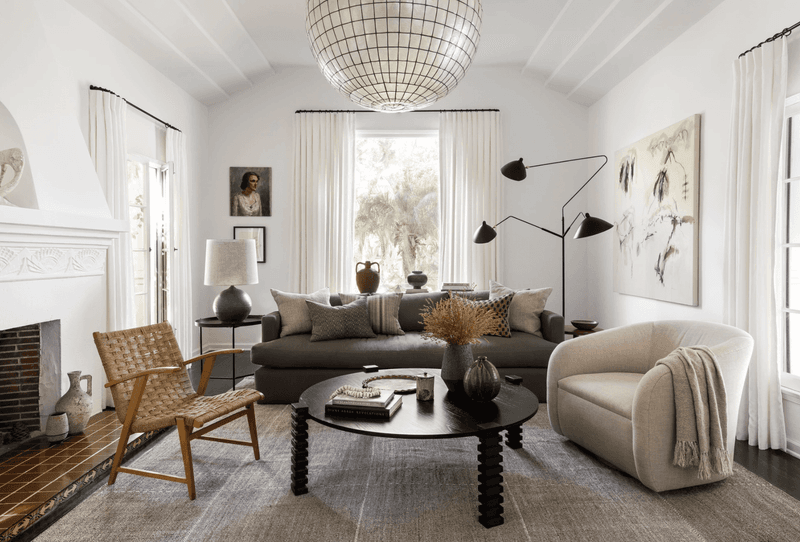
Nothing screams “amateur decorator” like furniture that’s too big or too small for a space. Professional designers measure obsessively before purchasing anything.
They consider ceiling heights, room dimensions, and the visual weight of each piece. A massive sectional might fit physically in your apartment, but it could make the space feel like a furniture warehouse!
Designers use the Goldilocks approach – not too big, not too small, but just right. They also vary heights throughout a room, creating visual rhythm that keeps your eye moving pleasantly around the space.
6. Texture Cocktails
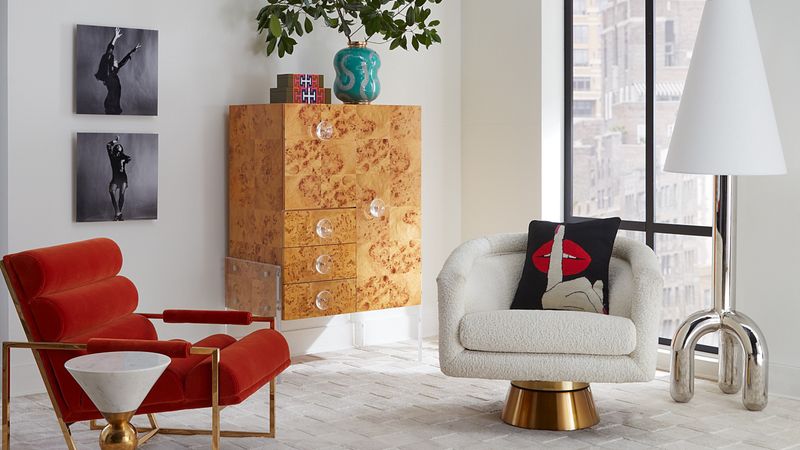
Rooms without texture variety fall flat, like eating the same food every day. Designers mix rough with smooth, shiny with matte, and soft with hard surfaces to create sensory interest.
You might find a sleek glass coffee table paired with a nubby wool rug, or glossy ceramic lamps on a rough-hewn wooden console. These contrasts wake up your senses and make spaces feel alive.
The texture game isn’t just about touch – it’s visual too! Even monochromatic rooms pop when filled with different surface qualities that catch light in unique ways.
7. Anchor Pieces

Every well-designed room has foundational elements that set the tone for everything else. Designers identify these anchor pieces first – maybe a statement sofa, an heirloom dining table, or a dramatic bed frame.
These investment pieces become the room’s backbone. Once anchors are established, designers build outward with supporting elements that complement rather than compete with the stars of the show.
Quality matters here! Designers often advise clients to spend more on these foundational pieces that you’ll live with daily, then save on accessories that might change with seasons or trends.
8. Window Treatments
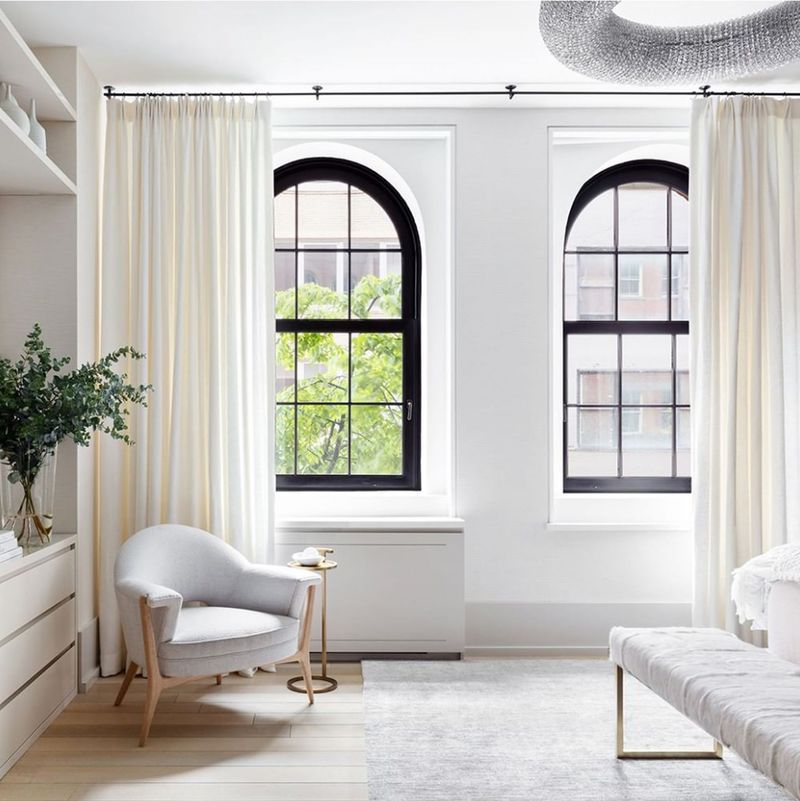
Naked windows make designers cringe! They prioritize proper window coverings early because they affect privacy, light control, and a room’s overall finished look.
Curtains hung high and wide create the illusion of larger windows and higher ceilings – a trick worth its weight in gold. The right treatments also help with practical concerns like temperature regulation and protecting furniture from sun damage.
Custom doesn’t always mean expensive. Many designers use ready-made panels but install them with professional techniques that elevate their appearance beyond store-bought status.
9. Negative Space
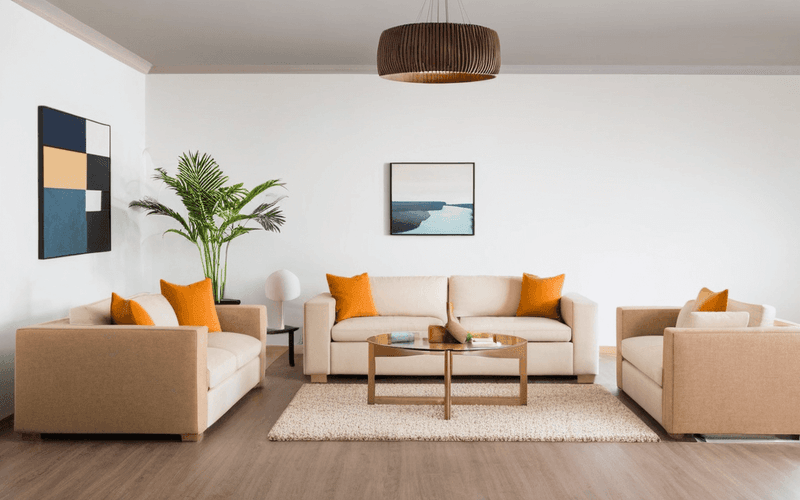
Contrary to what some think, designers don’t aim to fill every inch of a room. They carefully plan empty spaces – what designers call “negative space” – to give your eyes visual breathing room.
These intentional pauses prevent that cluttered, chaotic feeling that happens when rooms are overstuffed. Think of it like music – the rests between notes are just as important as the notes themselves!
Watch how designers often leave some walls blank, some tabletops partially empty, and some corners unadorned. This restraint shows confidence and creates a sense of calm luxury.
10. Personal Storytelling
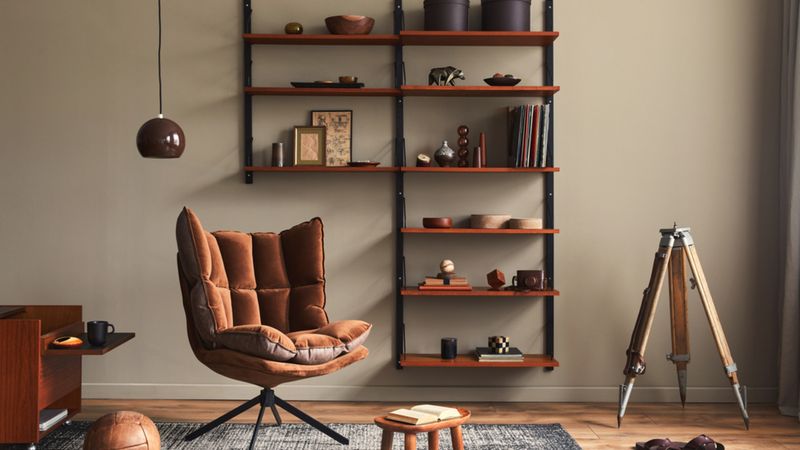
Cookie-cutter rooms bore designers to tears! They hunt for ways to incorporate your personal history, travels, hobbies, and family stories into your space.
Maybe it’s displaying your grandmother’s collection in a modern way, or framing tickets from meaningful concerts, or showcasing souvenirs from favorite trips. These elements transform a house from generic to genuinely yours.
The most stunning homes feel autobiographical – they couldn’t belong to anyone else. Designers often say their job isn’t finished until the space feels authentically connected to the people who live there.


